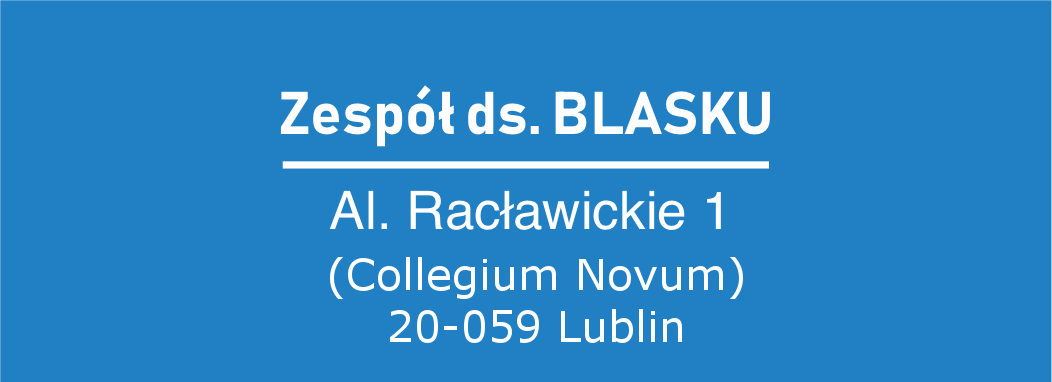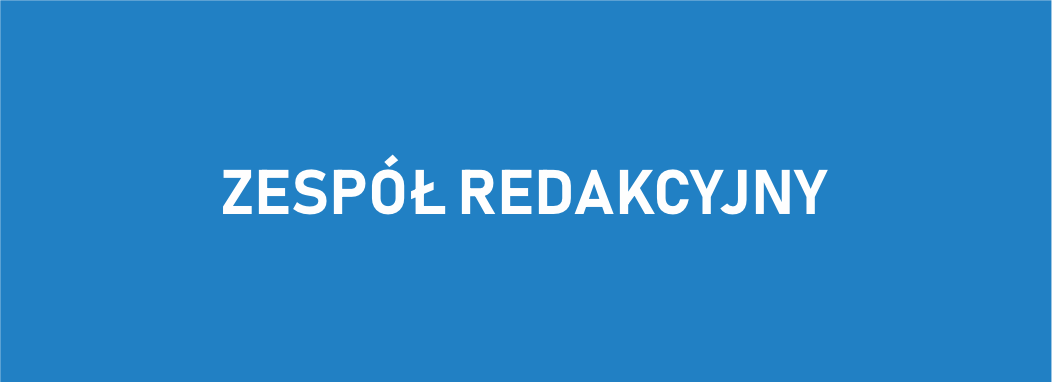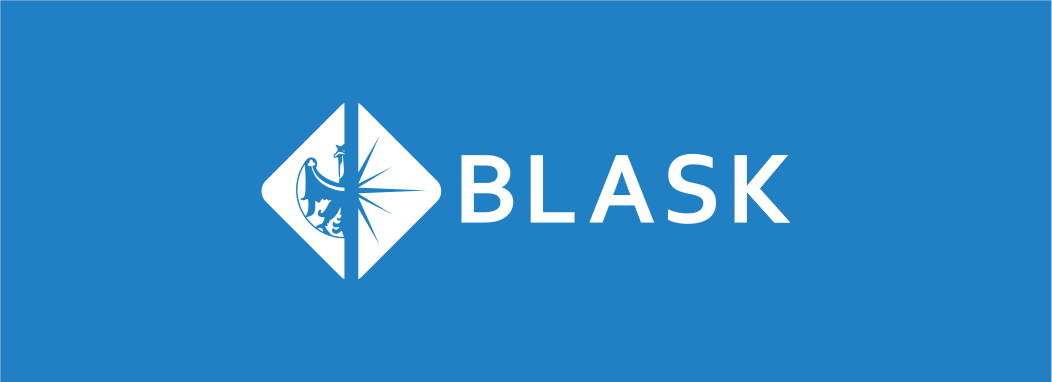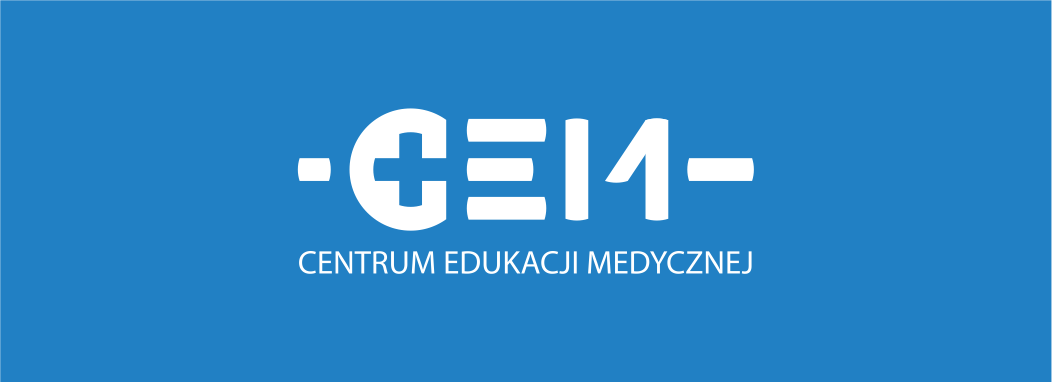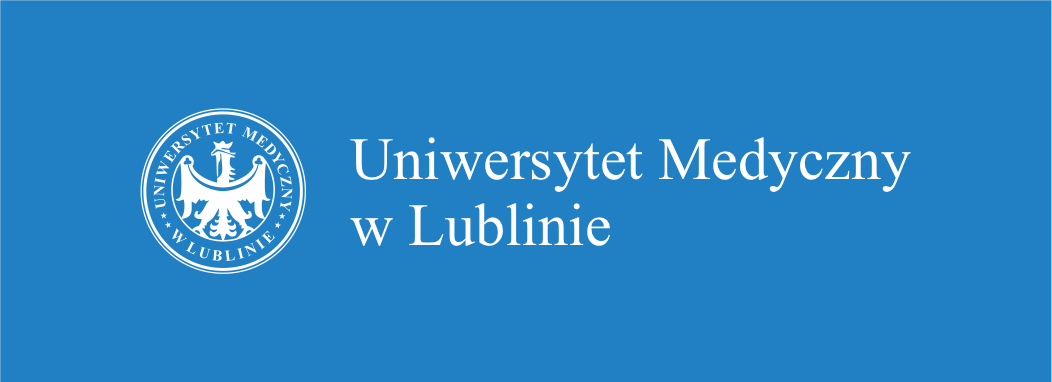Informator uniwersytecki
numer 015
czerwiec 2022
★
3
The power of simulation
It was years ago when I talked to a Polish anaesthesiologist employed in South African hospital. A graduate of UMLub said had obtained an excellent input but he admitted that the beginnings in the Johannesburg hospital were hard as he feared the responsibilities that were instantly granted to him. In the first weeks he was left alone in the big hospital ward and he had to cope. It was already the time when medical schools in the West enjoyed Centres for Medical Simulations and he pertaining to the schooling years said: “If I wish I could have had some simulation classes ….”. As he did not, he had to learn skills quickly. South Africans presented a rather obvious opinion – “You graduated from a medical school – you have to know”.
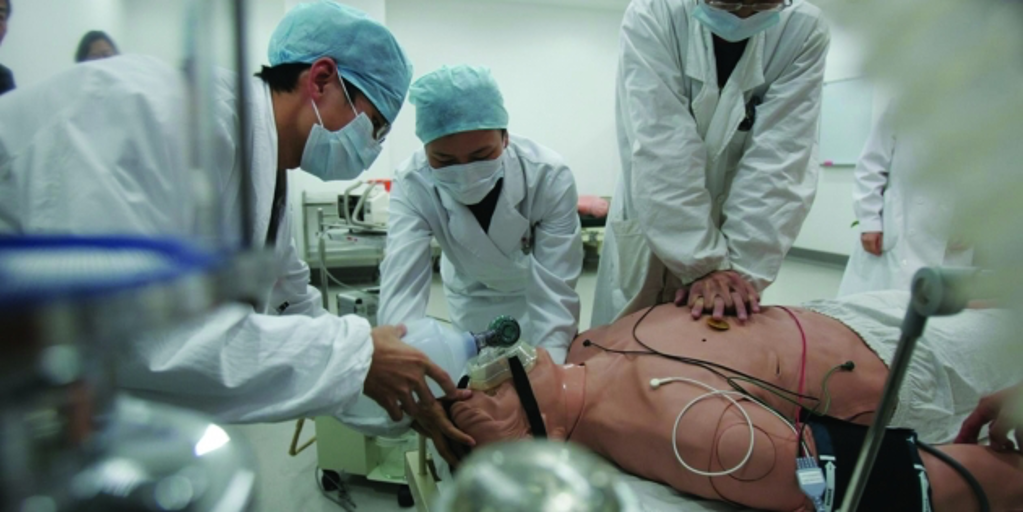
Stan was designed by a team of artificial intelligence specialists to look and sound like a real patient. Students can enter his hospital room by pulling on a VR headset, and scan his heart monitor or reach for stethoscopes and syringes by turning their heads. There is a vast library of scenarios that let student doctors test their abilities on everything from sepsis to bladder infections, strokes, heart failure or diabetic emergencies.
The concept of learning via simulations isn’t new in medicine. There have been a number of routes, pathways and - frankly speaking - the expanse hidden in medical simulation potential is now revealing in countless of ways. Today we are positively sure that VR software presents an amazing potential to improve medical training. People are making mistakes in the real world so with simulation they could be taught in a better, safer and more practical way with the option of repeating the procedures countless of times. Trainee doctors must wait for the right patient to seek treatment at a teaching hospital – simulation gives access to a whole number of virtual patients in a way that is usually immensely hard to be provided. Additionally, considering the present situation, simulation helps medical students practise skills without risking exposure to the coronavirus pandemic.
Simulation technology also benefits fully qualified doctors – especially those involved in procedural medicine- who are increasingly expected to master an ever-lengthening list of procedures. You have the sound of anaesthesia machines behind you, you have the pulse of the patient beeping in the background – it’s familiar down to every last detail.
© 2022 Centrum Symulacji Medycznej UM w Lublinie

